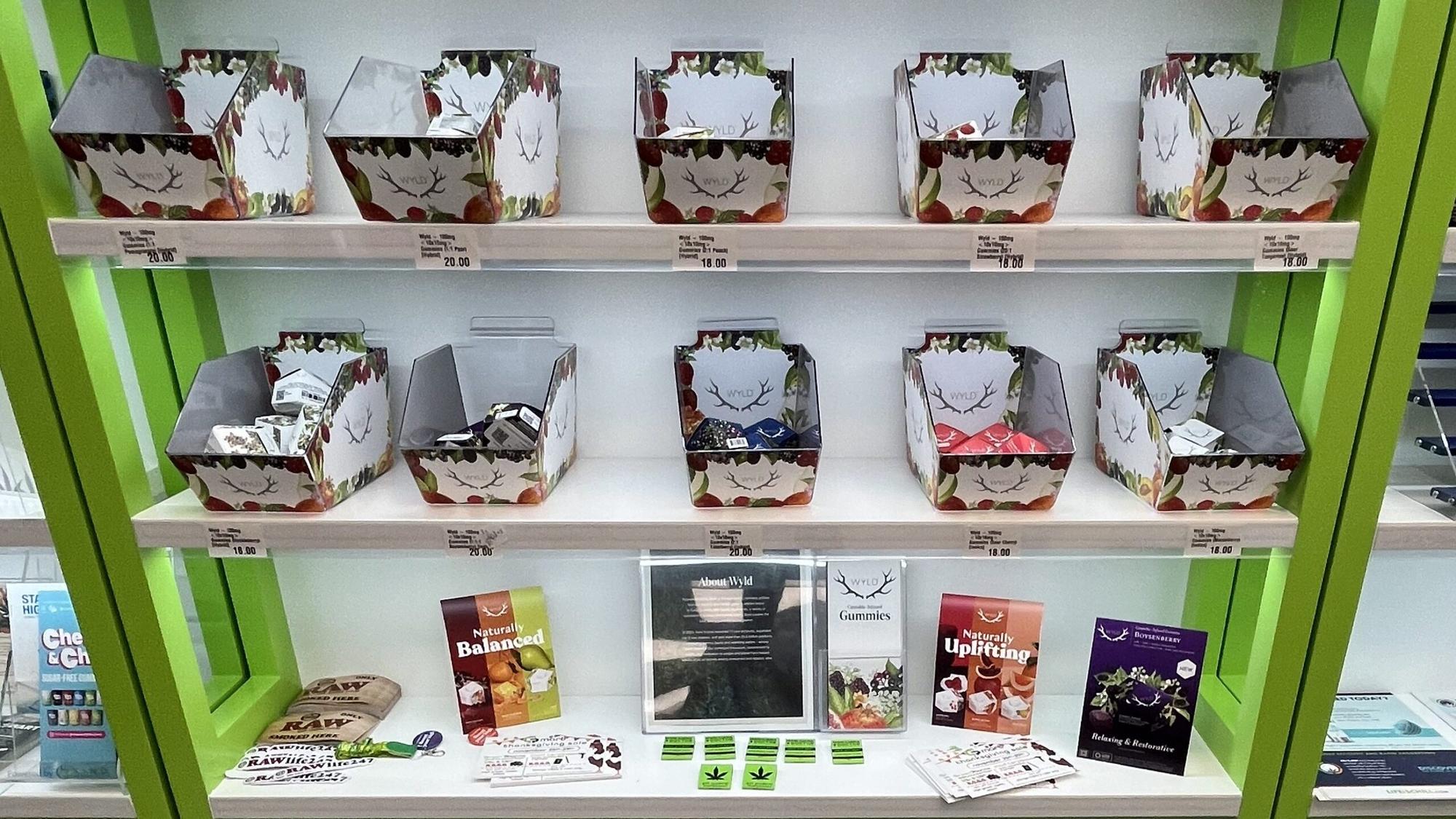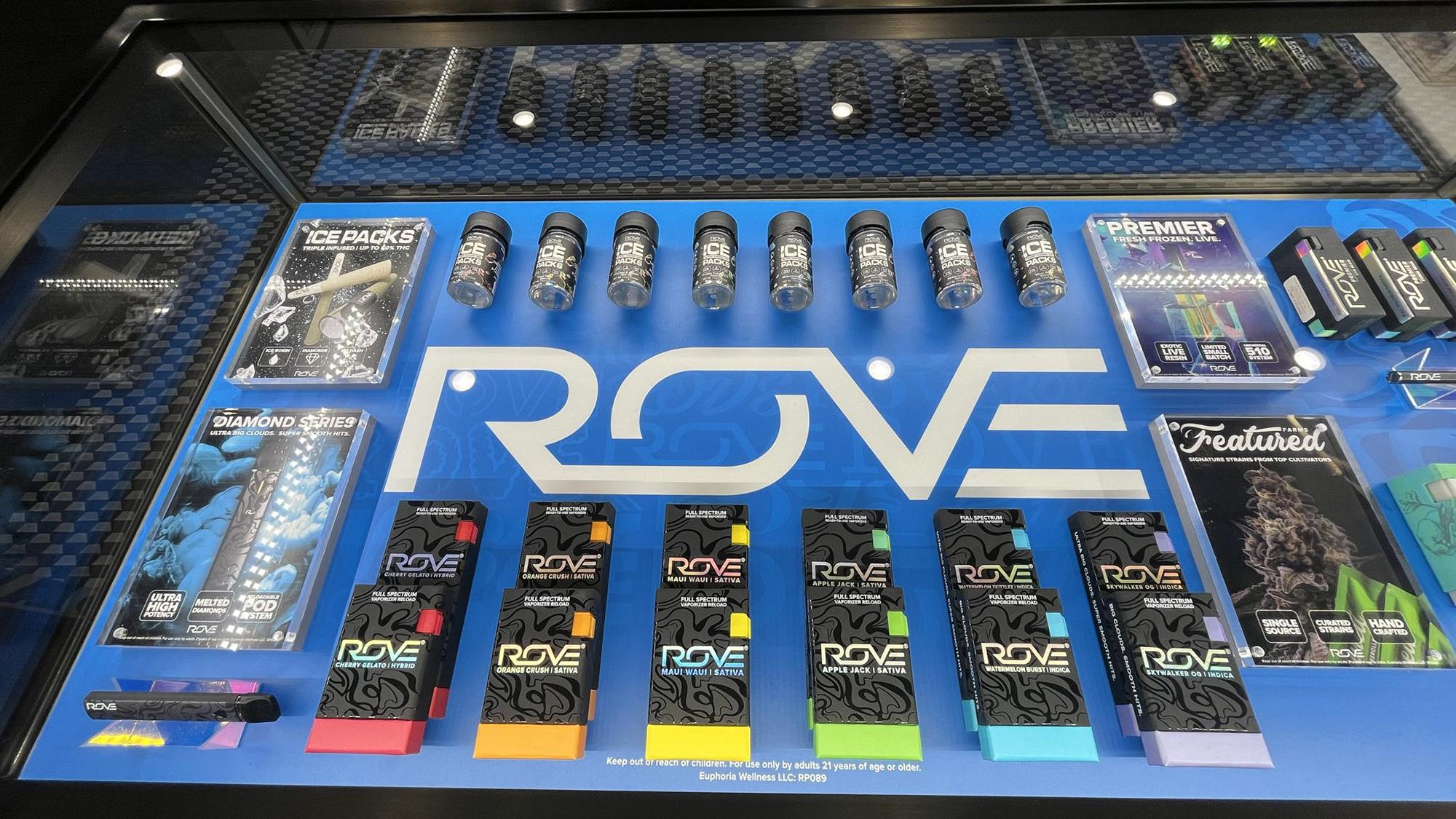In mid-2025, the U.S. regulated cannabis industry is enduring a critical inflection point. Despite robust revenue growth—projected near $45 billion in 2025—industry employment continues to decline, down 3–4% in 2024 even as sales rose by 4.5% to around $30 billion. This tension reflects a broader trend: hypergrowth has shifted toward operational discipline, as many operators struggle under oversupply and shrinking margins.
Proliferation of Brands and Dispensaries
Growth in licensure has enabled an influx of new brands and retail points. In New York, for example, the number of licensed dispensaries is projected to swell from 275 to over 625 by 2025, sparking concern among industry representatives of market oversaturation. Likewise, mature markets like Oregon are saturated with growers and retailers, producing price compression and challenging profitability. Some large multi‑state operators, once valued at tens of billions, have seen valuations collapse—with combined market caps of Curaleaf, Tilray and others shrinking from $37 billion in 2021 to just $4 billion by mid‑2025.
Market Maturation and Regulatory Friction
Industry observers note that a lack of federal regulatory uniformity has elevated compliance costs and scattered capital across hundreds (often thousands) of small operators. This fragmentation deters consolidation and leaves many businesses unprofitable. The result: a crowded field of brands that struggle to differentiate beyond commodity offerings like flower, edibles, or vapes. As one analyst put it, most products are interchangeable—making brand identity and differentiation extremely difficult.
Simultaneously, the black market continues to undercut legal channels due to tax and regulatory burdens. In states from California to New York and Oregon, unlicensed operators remain deeply entrenched, draining tax revenue and undercutting pricing.
What the Data Shows
- Retail revenue: Growth continues—industry-wide retail sales expected to hit ~$45 billion in 2025, up from $38.5 billion in 2024, growing at a projected CAGR of ~11.5% through 2030.
- Pricing trends: Average retail cannabis prices have declined roughly 32% since 2021, pointing to rising competition and oversupply.
- Employment trends: Job cuts—a 3.4% drop in cannabis jobs in 2024 to ~425,000 workers—suggest consolidation efforts and leaner operations.
Firm-Level Commentary
Executives across established firms have echoed concerns. Sierra Elaina, CEO of Lehua Brands, described California’s challenges: “overtaxation … persistent strength of the illegal market … and market oversaturation are taking a toll.” Meanwhile in New York, incumbent licensees have filed suit, arguing that regulators’ liberal waiver grants undercut existing dispensaries—another symptom of oversaturation at the license level.
Is Saturation Uniform Across States?
No. Emerging legal markets such as Missouri—where regulators limit licenses and statutory structure features lower taxes—have thus far avoided many saturation pain points and instead report robust growth and healthy margins. By contrast, legacy states that opened early, like Colorado and Oregon, now wrestle with excess supply and price erosion.
Key Takeaways
- Brand proliferation has outpaced demand in established markets, leading to price compression and margin loss.
- Oversupply and weak barriers to entry mean that many small firms struggle to survive or differentiate.
- Federal normalization remains stalled, limiting interstate scale economies or coherent consolidation.
- Certain state markets (e.g. Missouri) managed controlled growth with lower license counts and tax rates, proving more resilient.
- The black market still thrives, undercutting legal price structures and diminishing the value of licensed brands.
Final Thoughts
The U.S. cannabis industry is in a phase of recalibration. While overall sales continue to grow, that growth is uneven, and competition from oversaturation has squeezed margins, depressed prices, and brought many brands into precarious territory. In several mature state markets, the number of brands far exceeds what the consumer base can support. But in newer, better regulated markets, the landscape remains navigable. In short: yes—many markets in the U.S. are oversaturated—but the experience depends strongly on the state regulatory environment and pace of licensing.




